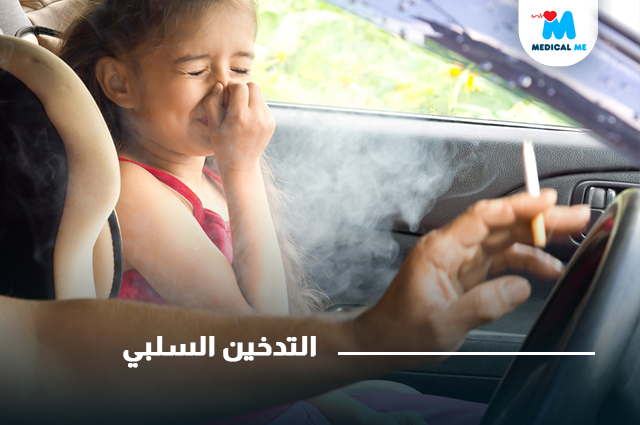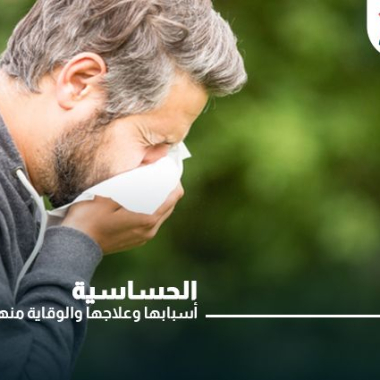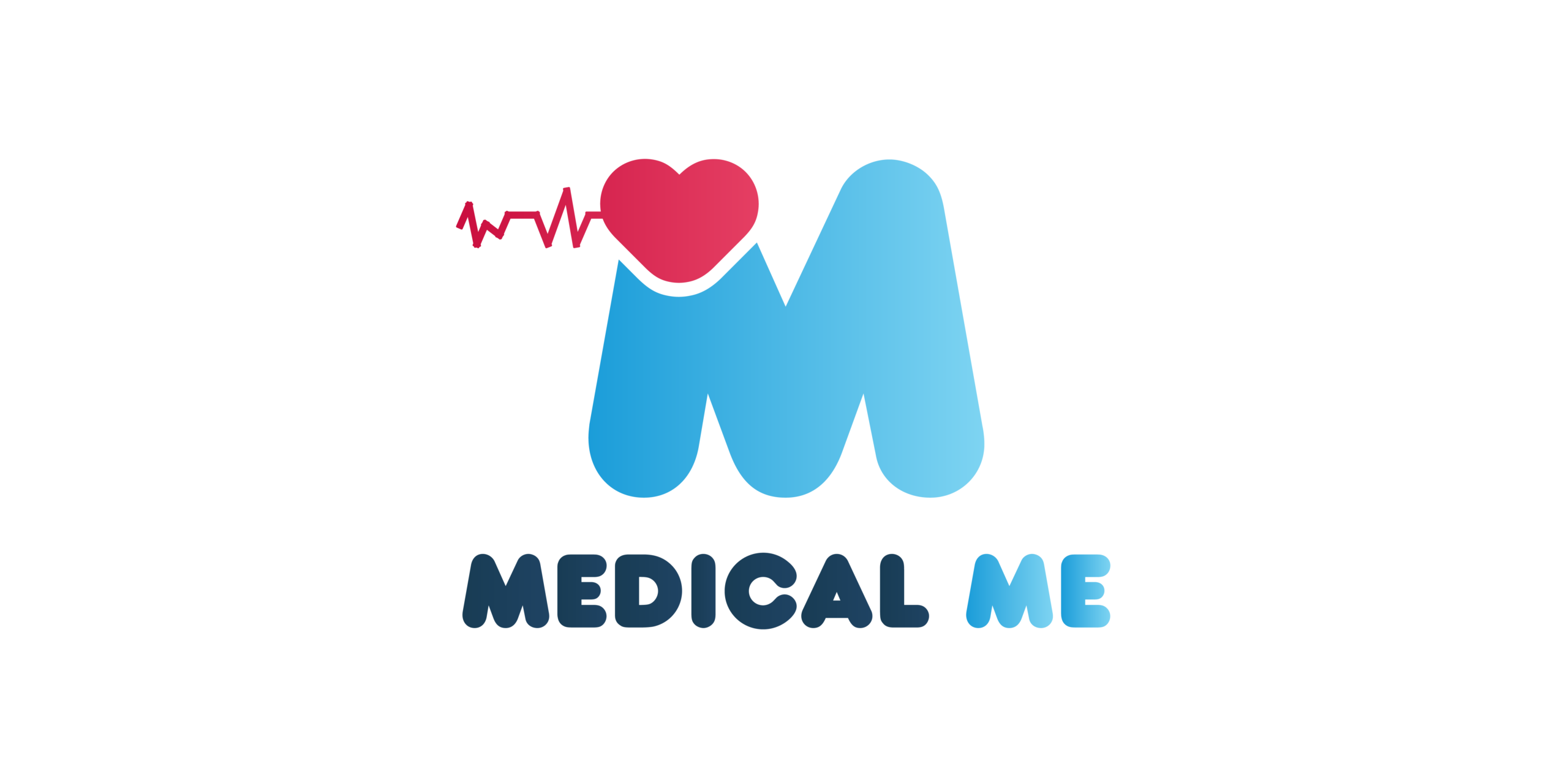Smoking is well-known in today’s culture to be a dangerous habit that not only jeopardizes the health of smokers but also causes serious threats to the surrounding population. When nonsmokers breathe in the harmful chemicals released by cigarettes or other tobacco products, it is referred to as passive smoking, also known as secondhand smoke. The harms that passive smoking poses to both smokers and nonsmokers will be discussed in detail in this in-depth article, along with the critical need to increase public knowledge of this hidden peril.
What is Passive Smoking?
Passive smoking, or secondhand smoke, refers to the inhalation of tobacco smoke by nonsmokers who are exposed to the smoke exhaled by smokers or the smoke from burning tobacco products. It is important to note that passive smoking is not a voluntary act but rather an involuntary exposure to the harmful chemicals present in tobacco smoke.
The Impact on Smokers
While the focus of passive smoking often revolves around its effects on nonsmokers, it is essential to recognise that smokers themselves also face health risks. Smoking not only harms their own bodies but also exposes them to a higher risk of developing various illnesses, including lung cancer, cardiovascular diseases, and respiratory problems.
Dangers of Smoking
Passive smoking can have severe consequences for nonsmokers, as they are exposed to the same harmful chemicals present in tobacco smoke. The dangers include:
Increased risk of respiratory ailments, such as asthma, bronchitis, and pneumonia.
1. Passive smoking exposes nonsmokers to a range of respiratory irritants and toxic chemicals present in tobacco smoke. Continuous exposure to these harmful substances can irritate the airways, leading to respiratory symptoms and an increased risk of developing respiratory conditions.
2. Asthma, a chronic inflammatory disease of the airways, can be triggered or worsened by exposure to secondhand smoke. Additionally, smoking has been linked to an increased risk of bronchitis, an inflammation of the bronchial tubes, and pneumonia, a lung infection.
3. Higher likelihood of developing cardiovascular diseases, including heart disease and stroke…
Passive smoking significantly increases the risk of developing cardiovascular diseases in non-smokers. The toxic chemicals in tobacco smoke can damage blood vessels, increase blood pressure, and promote the formation of blood clots. These factors contribute to the development of atherosclerosis, a condition characterized by the build-up of plaque in the arteries, which can lead to heart disease and stroke. Nonsmokers exposed to secondhand smoke are at an elevated risk of experiencing heart attacks, developing coronary artery disease, and suffering from strokes.
4. Adverse effects on lung health, leading to an increased risk of lung cancer…
Prolonged exposure to secondhand smoke can have detrimental effects on lung health, increasing the risk of developing lung cancer. The toxic substances present in tobacco smoke, including carcinogens like benzene and formaldehyde, can cause DNA damage and mutations in lung cells. Over time, this can lead to the development of lung cancer in nonsmokers who are exposed to secondhand smoke regularly. It is important to note that passive smoking accounts for a significant proportion of lung cancer cases in nonsmokers.
5. Negative impact on children’s health, with increased vulnerability to sudden infant death syndrome (SIDS) and respiratory infections…
Children are particularly vulnerable to the harmful effects of passive smoking. Exposure to secondhand smoke increases the risk of sudden infant death syndrome (SIDS), a condition where an otherwise healthy infant dies unexpectedly during sleep. Babies exposed to secondhand smoke are also more likely to experience respiratory infections, such as bronchitis and pneumonia, as well as ear infections. Moreover, passive smoking can impair lung function and contribute to the development of asthma in children, leading to long-term health issues.
That’s why raising awareness is now becoming one of the most critical steps in addressing the issue of passive smoking among both smokers and nonsmokers. It is crucial to educate individuals about the dangers of passive smoking, its impact on health, and the importance of creating smoke-free environments, so that we can overcome this terrible phenomena!
Some Trials to Overcome Passive Smoking
To reduce the risks associated with passive smoking, several steps can be taken:
– Establishing smoke-free policies in public spaces, workplaces, and residential areas.
– Encouraging smokers to quit the habit, providing them with information and support.
– Promoting the creation of smoke-free homes and cars.
– Advocating for stricter tobacco control measures and legislation.
The hidden hazard of passive smoking affects not only the smokers’ own health and wellbeing but also that of those nearby. We may protect ourselves and future generations against the damaging effects of secondhand smoke by being aware of the risks connected to passive smoking, spreading awareness, and taking proactive steps to establish smoke-free settings. So we shall collaborate to create a world where everyone can inhale smoke-free air and experience top health and wellbeing!
You can also read more about :
Allergy – Causes, treatment, and prevention.














